Performance Roadblocks of the LML Duramax
The LML Duramax left the factory packing 397 hp and 765 lb-ft of torque—but the new, more powerful horsepower and torque numbers weren’t the only changes made for the 2011 model year… This version of GM’s 6.6L common-rail diesel V8 deviates from all others in terms of its injection system. It’s still a high-pressure, common-rail arrangement sourced from Bosch, but the injectors are the quicker-firing piezoelectric units (vs. solenoid valve) and the high-pressure fuel pump (i.e. injection pump) is the CP4.2 rather than the tried and true CP3. And though the LML produced more power than any other Duramax that came before it, the CP4.2 would prove both a performance hinderance and a reliability concern. On top of that, the LML came with the most restrictive variable geometry turbo to ever grace a Duramax.
For ’11-’16 Chevrolet Silverado and GMC Sierra HD’s, the first performance obstacle begins (once again) with the Allison transmission. It’s stronger than any rendition of the industrial-strength automatic that came before it, but for anything beyond 450rwhp (and presumably 900 lb-ft of torque at the wheels) it needs to be prepped to handle that added stress. Once the Allison is able to harness an all-out performance tune from your favorite calibrator, you can increase the chances of the CP4.2 living by adding an aftermarket lift pump. Then, and if you want to match the 530rwhp capability of ’01-’10 models, you’ll have to either convert to a CP3, upgrade to a stroker CP4.2 or run two pumps. Beyond that, it’s time to open up the exhaust system and then move on to a larger turbocharger.
The battle for squeezing more power out of your LML Duramax begins here.
Roadblock #1: Allison
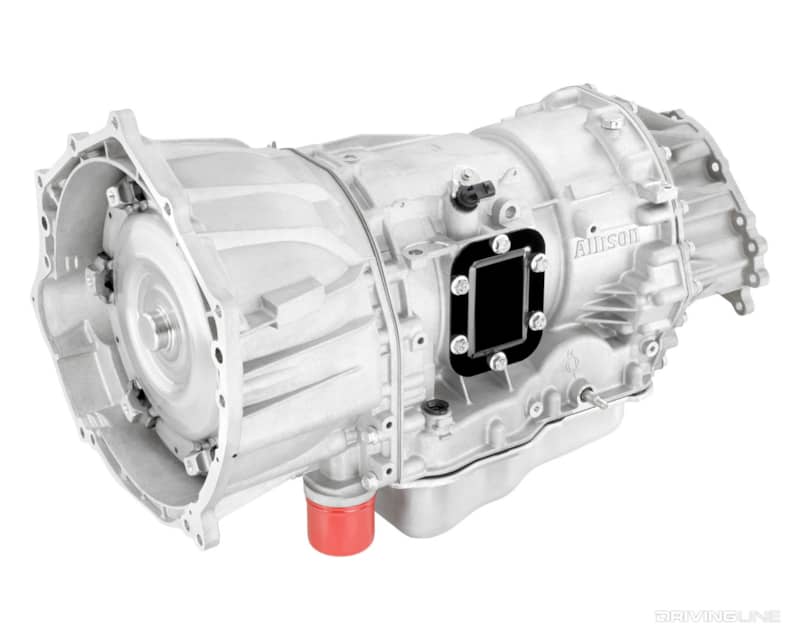
The Allison was revised for the 2011 model year specifically for use behind the 765 lb-ft of torque the LML Duramax produces. The MW7 rendition of the Allison 1000 entails a larger output shaft, revamped pump, a different converter and valve body and updated clutches. In stock form, it was the strongest Allison built up to that time and it can handle some abuse, but a lack of line pressure during prolonged wide-open throttle operation with extra power in the mix (i.e. tuning) will eventually lead to irreparable damage.
Build the Allison Around the Way You Plan To Use Your Truck
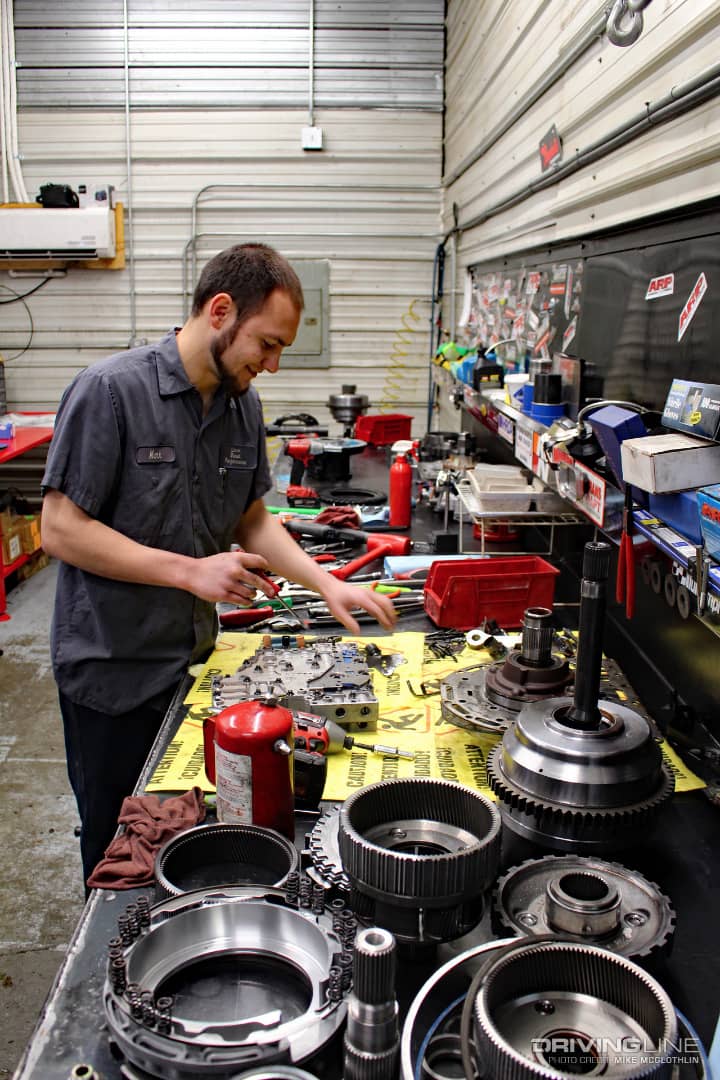
Although a good TCM tune or the ability to run higher line pressure by way of a switch can make a factory ’11-’16 Allison live a while, for anything beyond 450rwhp you better get it built if you want longevity and peace of mind. When in the market for a performance Allison build (or any transmission build for that matter), always opt for an overbuilt unit rather than one that will live on the edge. For example, if you plan to push things past 700rwhp and drag race or sled pull your truck at some point, it’s best to start with a unit that can handle your future power goal. This way, you’re not paying twice.
Roadblock #2: No Factory Lift Pump
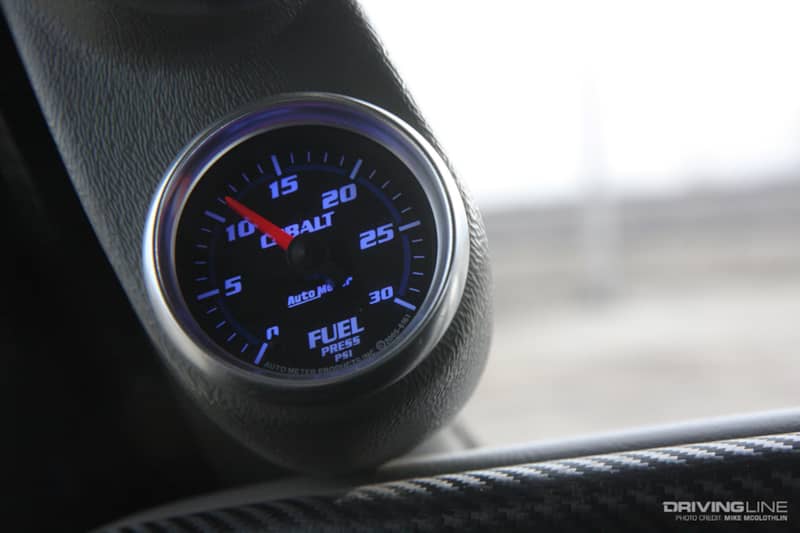
Surprise, surprise, GM kept with its theme of not feeding its injection pump with an electric lift pump with the LML Duramax (even though Bosch recommended it include one to feed the CP4.2). Unlike with the CP3-equipped engines built prior to the LML, the CP4.2 doesn’t tolerate a lack of fuel pressure and especially air very well—but the chances of that very thing occurring increases when aggressive ECM tuning is brought into the mix. By comparison, Ford’s 6.7L Power Stroke (an engine also fitted with the CP4.2) came from the factory with an electric lift pump supplying the CP4.2 approximately 55-psi.
Aftermarket Lift Pump
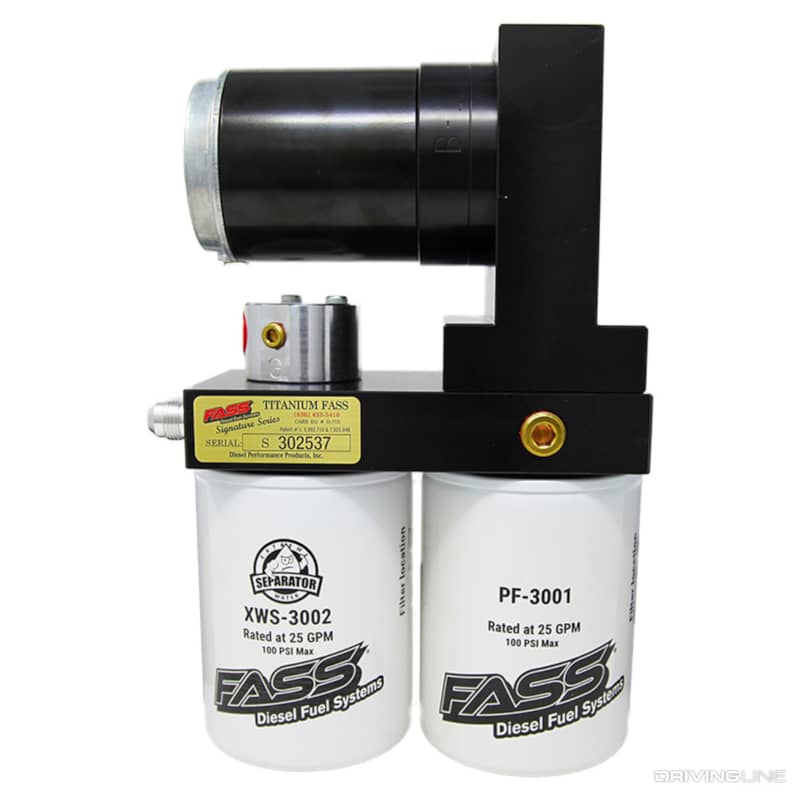
Because the CP4.2 doesn’t tolerate air or fuel inconsistencies nearly as well as the CP3 did, an aftermarket lift pump should be one of the first upgrades performed on any LML Duramax. Similar to building the Allison transmission, it won’t necessarily add any power to your bottom line, but it will keep the CP4.2 reliable while you’re benefitting from 500rwhp tuning. Comprehensive aftermarket fuel systems like this one offered by FASS (Fuel Air Separation System) ensure the fuel leaving the tank is free of contaminants and air. The system’s electric lift pump also comes preset to deliver the correct amount of supply pressure to the CP4.2.
Roadblock #3: Stock CP4.2
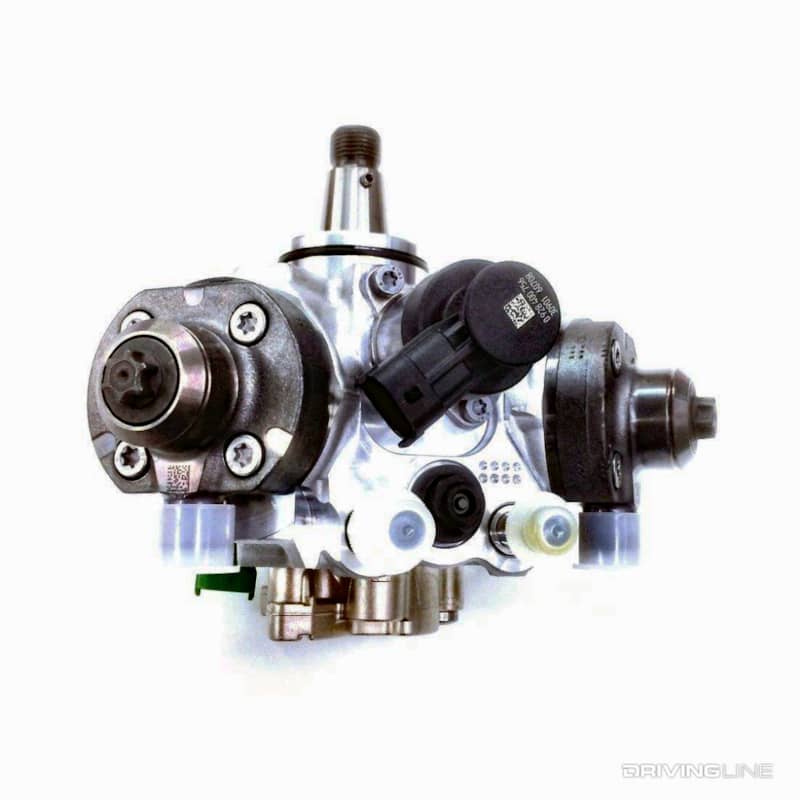
With the CP4.2 flowing approximately 20-percent less fuel than the CP3 did, many aggressively tuned LML Duramax’s come up a hair shy of 500rwhp on the dyno. So even though the CP4.2 produces a higher overall injection pressure of 29,000 to 30,000 psi (vs. 26,000 psi on ’06-’10 Duramax engines), it’s not enough volume to support as much horsepower when the injectors are told to open up sooner and stay open longer (via tuning).
CP3 Conversion, Stroker CP4.2 or Dual Pumps
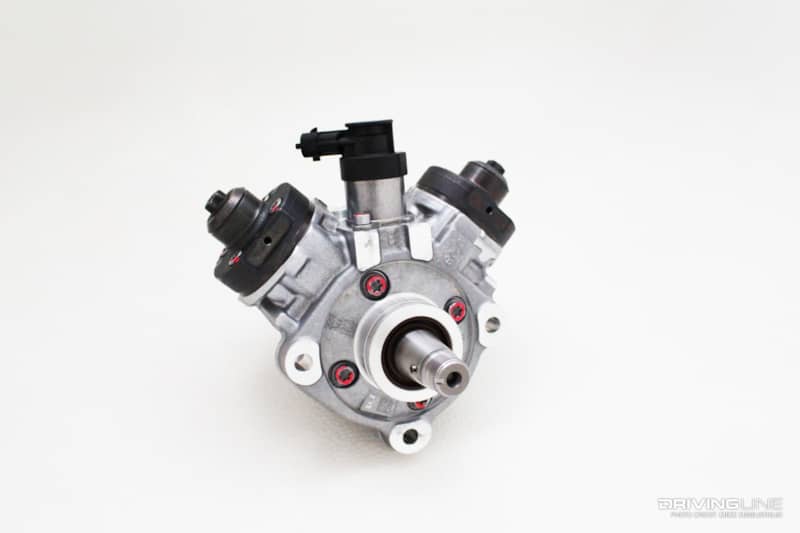
To make up for the displacement disadvantage of the CP4.2, all of the above aftermarket options are on the table and you need to choose one to take things to the next level. It is noteworthy that, to date, no aftermarket CP4.2’s have addressed this pump’s inherent problem of the pistons turning within their bores (a very destructive scenario). On the plus side, the piezoelectric injectors in the LML can support more horsepower, pound-for-pound, than the ’01-’10 solenoid valve injectors can, so once you find more high-pressure fuel volume (and air in the form of a bigger turbo) the factory injectors can easily support more than 600rwhp.
Roadblock #4: Crushed & Restrictive Downpipe
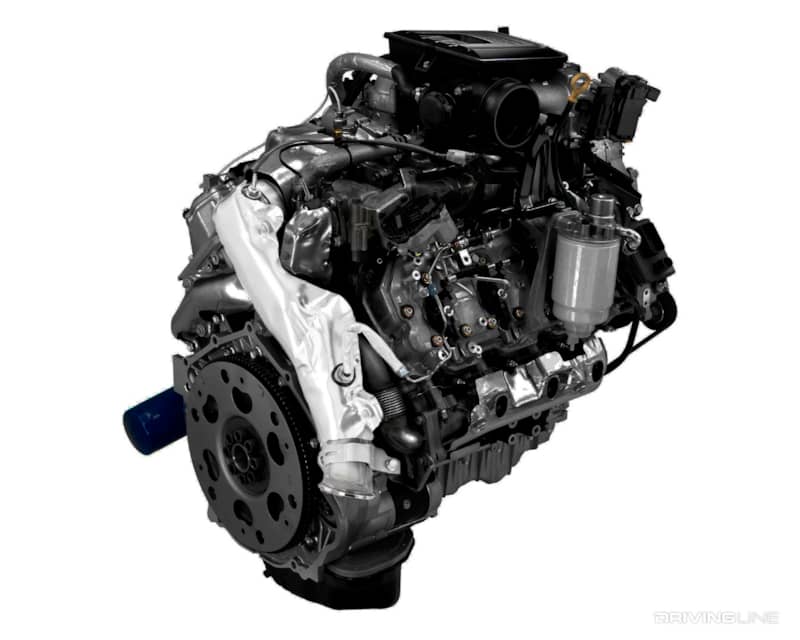
The common theme of leaving the factory with a restrictive, crushed downpipe wasn’t lost on the LML Duramax. It’s just as big of a choke point in exhaust flow as the versions found on the LLY, LBZ and LMM engines were. Two different downpipes were employed on the LML. On earlier, ’11-‘15 models, the downpipe uses a V-band connection at the turbo. On later, ’15.5-’16 model engines, the downpipe attaches to the turbo via a 3-bolt flange. It’s important to know which one you have when ordering a much needed, higher-flowing aftermarket replacement.
High-Flow, 3-Inch Downpipe
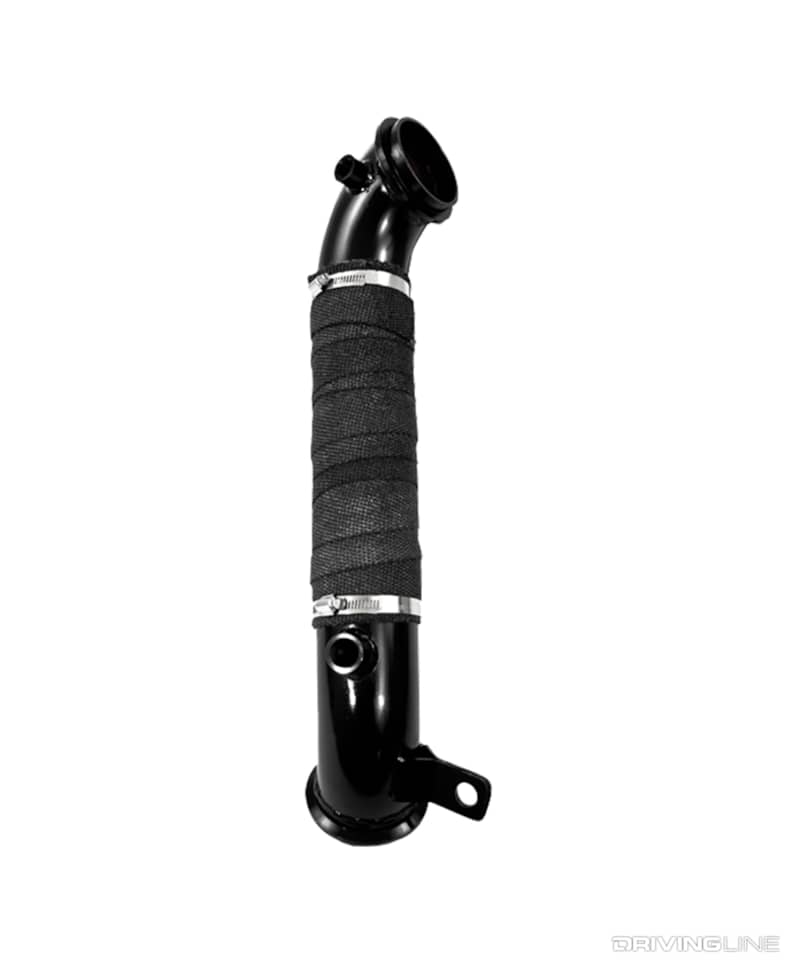
Upgrading your LML’s downpipe might not unlock huge power, but it can cool off exhaust gas temperature (EGT) significantly, decreasing EGT by as much as 150 degrees F in some cases. MBRP’s 3-inch, pre-wrapped version (shown) provides a 20-percent improvement in exhaust flow over stock, along with gains as high as 21 hp and 24 lb-ft of torque. It’s also a direct replacement for the factory, crushed piece, which is to say it will work with both the factory turbocharger as well as any factory-based aftermarket turbo.
Roadblock #5: Factory Turbo
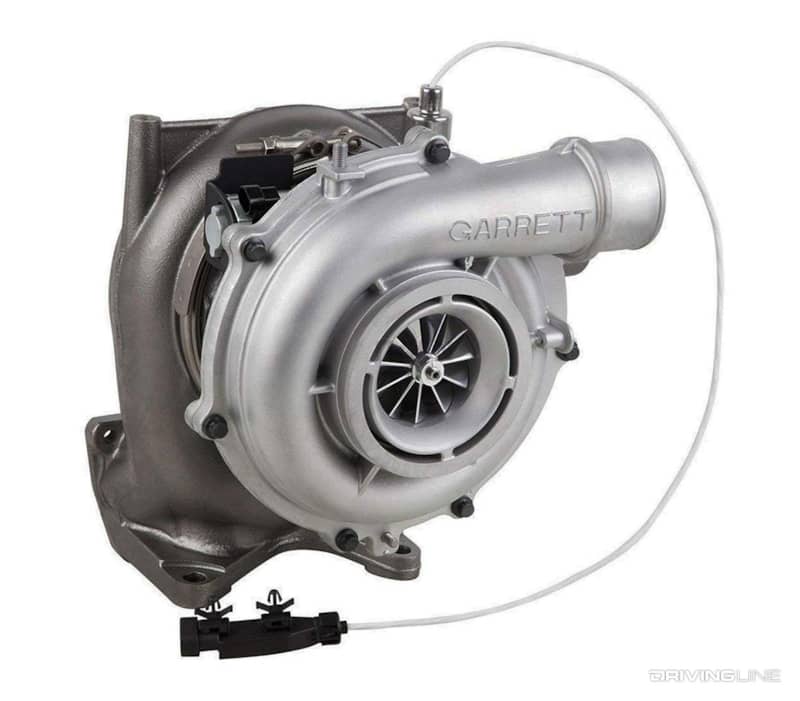
Unfortunately for horsepower lovers, the LML came with the most restrictive Garrett VGT offered on a Duramax. While its 11-blade 60.6mm inducer compressor wheel is sufficient enough to get you into 500rwhp territory on tuning alone, the turbine vane height on the exhaust side is a significant limiter. The vanes measure just 11.2mm in height (vs. 15mm on the LLY turbo), not ideal for top-end power. It’s apparent the turbo was spec’d to shine at lower rpm (hence the engine’s big torque number) and use its restrictiveness to its advantage in terms of the LML’s new exhaust brake function.
Drop-In Replacement VGT
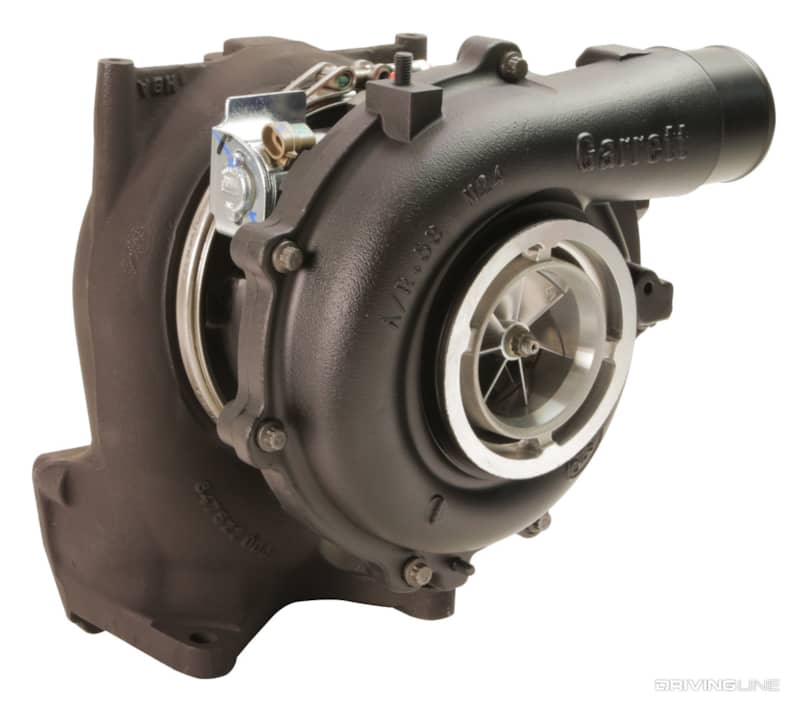
To open up airflow and capitalize on the potency of the factory injectors, a larger drop-in VGT is a simple, cost-effective way to push your LML beyond 600rwhp. Both the Cheetah 63mm from Fleece Performance Engineering and the Stealth 64 from DuramaxTuner.com can support 650rwhp or more. The fact that they’re based on the stock turbo platform makes them a direct, high-flow replacement which will work seamlessly with your existing intake piping and downpipe.
Looking for an OEM-quality, whisper-quiet lift pump that can support 800 hp? Check out the PowerFlo in-tank lift pump.











